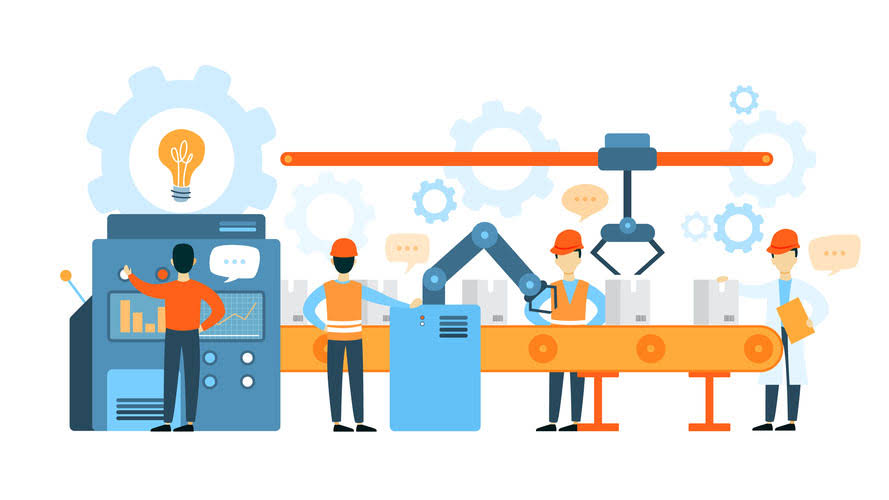Amortization Definition & Meaning

More of each payment goes toward principal and less toward interest until the loan is paid off. Sometimes it’s helpful to see the numbers instead of reading about the process. The table below is known as an «amortization table» (or «amortization schedule»).
With an amicably agreed interest rate, the amortization period can also provide the amount that will be paid as the monthly installment. Don’t assume all loan details are included in a standard amortization schedule. Whether it is a company vehicle, goodwill, corporate headquarters, or a patent, that asset may provide benefit to the company over time as opposed to just in the period it is acquired. To accurately reflect the use of these assets, the cost of business assets can be expensed each year over the life of the asset. The expense amounts are then used as a tax deduction, reducing the tax liability of the business.
Dictionary Entries Near amortize
Depreciation of some fixed assets can be done on an accelerated basis, meaning that a larger portion of the asset’s value is expensed in the early years of the asset’s life. Some examples of fixed or tangible assets that are commonly depreciated include buildings, equipment, office furniture, vehicles, and machinery. Amortization and depreciation are the two main methods of calculating the value of these assets, with the key difference between the two methods involving the type of asset being expensed. There are also differences in the methods allowed, components of the calculations, and how they are presented on financial statements.
- Amortization is a technique to calculate the progressive utilization of intangible assets in a company.
- Within the framework of an organization, there could be intangible assets such as goodwill and brand names that could affect the acquisition procedure.
- In a loan amortization schedule, this information can be helpful in numerous ways.
- Start with a free account to explore 20+ always-free courses and hundreds of finance templates and cheat sheets.
- The intangible assets have a finite useful life which is measured by obsolescence, expiry of contracts, or other factors.
A borrower with an unamortized loan only has to make interest payments during the loan period. In some cases the borrower must then make a final balloon payment for the total loan principal at the end of the loan term. For this reason, monthly payments are usually lower; however, balloon payments can be difficult to pay all at once, so it’s important to plan ahead and save for them. Alternatively, a borrower can make extra payments during the loan period, which will go toward the loan principal.
Monday mortgage newsletter
It is often used with depreciation synonymously, which theoretically refers to the same for physical assets. Instead, there is accounting guidance that determines whether it is correct to amortize or depreciate an asset. Both terminologies spread the cost of an asset over its useful amortized definition life, and a company doesn’t gain any financial advantage through one as opposed to the other. This is often because intangible assets do not have a salvage, while physical goods (i.e. old cars can be sold for scrap, outdated buildings can still be occupied) may have residual value.
- When amortizing loans, a gradually escalating portion of the monthly debt payment is applied to the principal.
- Of the different options mentioned above, a company often has the option of accelerating depreciation.
- Loan amortization plays a big part in ensuring that the principal owed by a borrower is reducing, at least in line with the rate at which the underlying asset is losing its value.
- Without this level of consideration, a company may find it more difficult to plan for capital expenditures that may require upfront capital.
- For subsequent months, use these same calculations but start with the remaining principal balance from the previous month instead of the original loan amount.
- Any amount paid beyond the minimum monthly debt service typically goes toward paying down the loan principal.
Tangible assets can often use the modified accelerated cost recovery system (MACRS). Meanwhile, amortization often does not use this practice, and the same amount of expense is recognized whether the intangible asset is older or newer. Amortization can refer to the process of paying off debt over time in regular installments of interest and principal sufficient to repay the loan in full by its maturity date. An example is a 5-year fixed-rate mortgage; this loan may amortize over years, but the interest rate and the blended payment amount (of principal and interest) would only remain locked in for the 5-year term. Wearing the mantle of a mortgage term master, you claim the power to navigate the loan landscape more efficiently and wisely.
Use of Contra Account
Concerning a loan, amortization focuses on spreading out loan payments over time. Now that we’ve got a handle on the ‘amortized definition,’ let’s delve deeper and decipher the ‘amortization definition. In its simplest form, amortization is a repayment strategy for loans or mortgages whereby the borrowed amount, or principal, is paid off incrementally over a given period. Like setting a goal to read a book by reading a single chapter a day until you’re eventually through the entire book.

Loan amortization determines the minimum monthly payment, but an amortized loan does not preclude the borrower from making additional payments. Any amount paid beyond the minimum monthly debt service typically goes toward paying down the loan principal. This helps the borrower save on total interest over the life of the loan.


